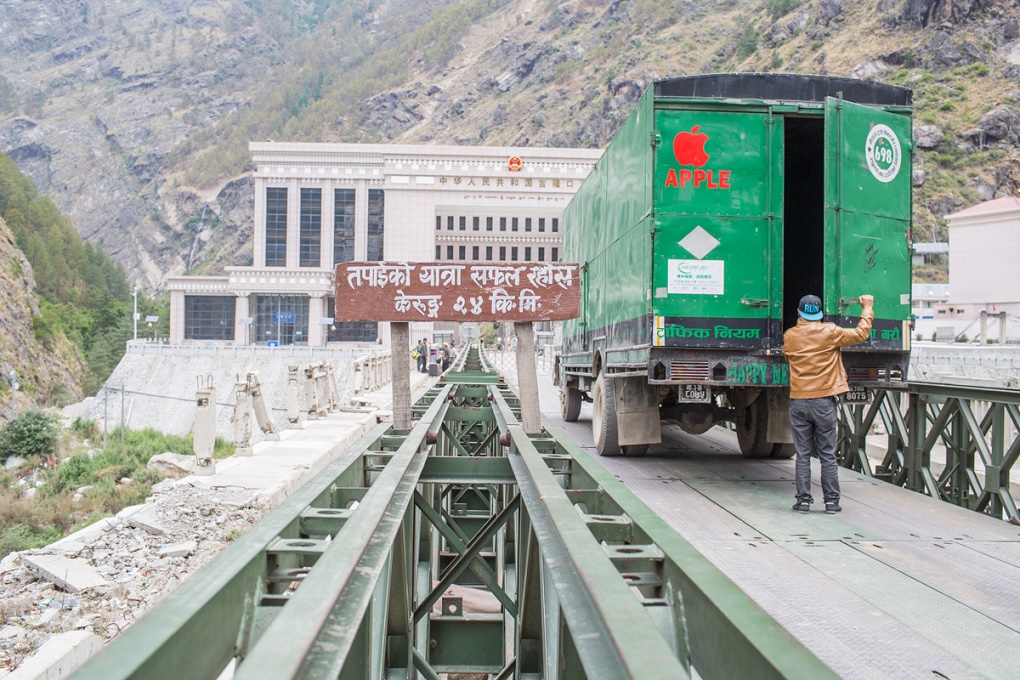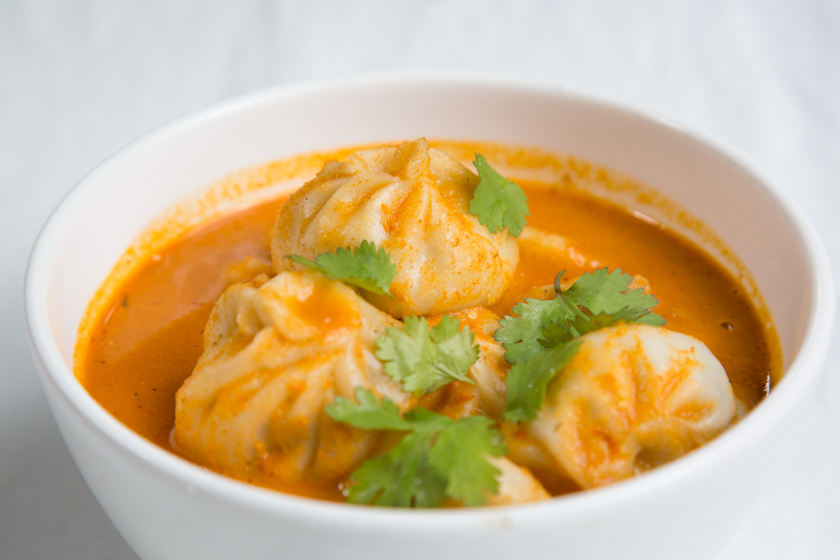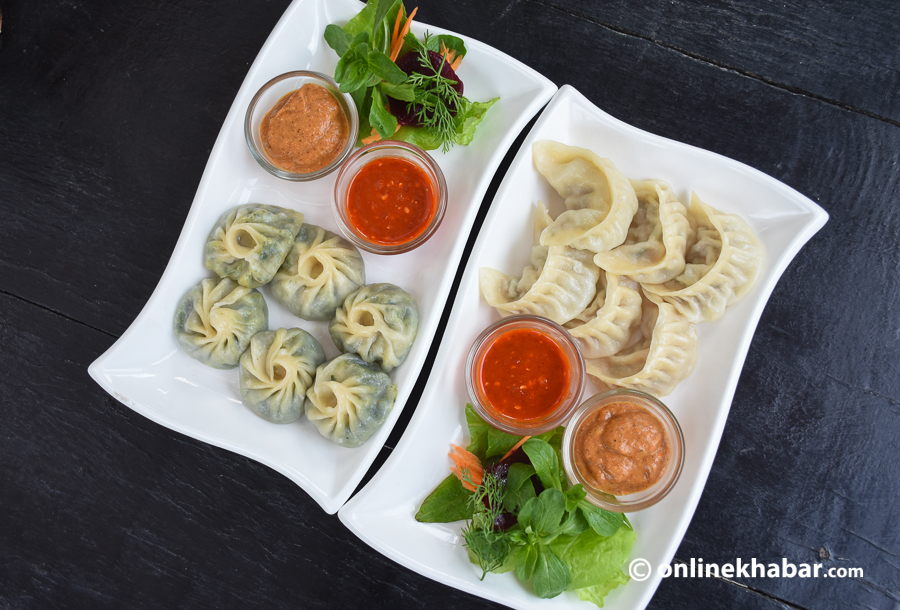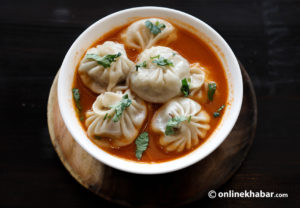It is no secret that momo is one of the most popular foods in Nepal. It is enjoyed by every stratum of people of all ages and is ubiquitous, from fancy restaurants to street stalls. The popularity of momo has crossed communal and national boundaries and is growing more popular in many other parts of the world.
And, in the very process, momo has become a symbol of Nepal.
But, have you ever wondered about the origin of momo, how and when it originated or came to Nepal and how it became this popular in Nepal. If yes (and no), here is something for you to read.
Origin
The origin of momo is apparently unclear. However, there are a few assumptions and beliefs prevalent relating to how and when momo originated or came to Nepal. Out of all, one of the most believed perceptions is that momo traces its root to Tibet, a neighbour of Nepal.
Ranveer Brar, a celebrity chef of India, while sharing a recipe of chicken momo on his official YouTube channel mentions the origin of momos. As per him, the culture of dumplings (stuffing things inside the dough, steamed) typically originated in China. Hence, momos are originally from Tibet; they are a rustic version of the dumplings created by Tibetans.
How did it migrate to Nepal?
If so, how did momo become a Nepali food?

One prevalent belief is that Newa merchants of the Kathmandu valley played a key role in this. They used to trade a lot with Tibet, particularly Lhasa. In the process, they picked the momo-making techniques from there and introduced them to Nepal by somewhat modifying the seasonings in order to suit the Nepal palate, mainly that of the locals of Kathmandu valley. Gradually, momo became very famous amongst the Newa community.
Tibetans used to make momo with yak or lamb meat and wheat flour back in those days. However, it was not an everyday food there as wheat was a difficult commodity to get there at those times. Momo was a traditional delicacy made during Lhosar and other special days only.
While adapting the momo-making techniques, Newa people recreated momos using buffalo meat and popularised buff momo in the Kathmandu valley. And, the Newa people used to call it momocha.
Other than this, it is also believed the momos came to Nepal along with the Tibetans migrating to the Himalayan region of Nepal.
Or, is it originated in Kathmandu?
But, wait, there are people who believe that momo was originally a Newari food in the Kathmandu valley and was introduced to Tibet, China, Korea, and Japan by a Nepali princess who married a Tibetan King in the late 15th century.
Why is momo called momo?

Not only is the history of momo unclear and conflicting, but the origin of the name ‘momo’ itself is still unclear. The word ‘momo’ is believed to have come from a Jin Chinese word usually spoken in Shanxi, “momo” (馍馍), translating to ‘steamed bun’.
But, there is a word called ‘ma neu’ in Nepal Bhasa of the Newa people of Kathmandu, that means to “eat steamed”. There is also the Tibetan word ‘mog mog’ with similar meaning.
Wherever the momo originated, undoubtedly Nepal and Nepali diaspora living abroad have made the momos world-famous. Today, momos are present everywhere in oriental cuisine, mainly South Asian. People from different places have recreated their own version of momos as per their taste/palate and the ingredients available. There are varieties in flour, stuffings and sauce or dip, size and cooking techniques.
ALSO READ:




















